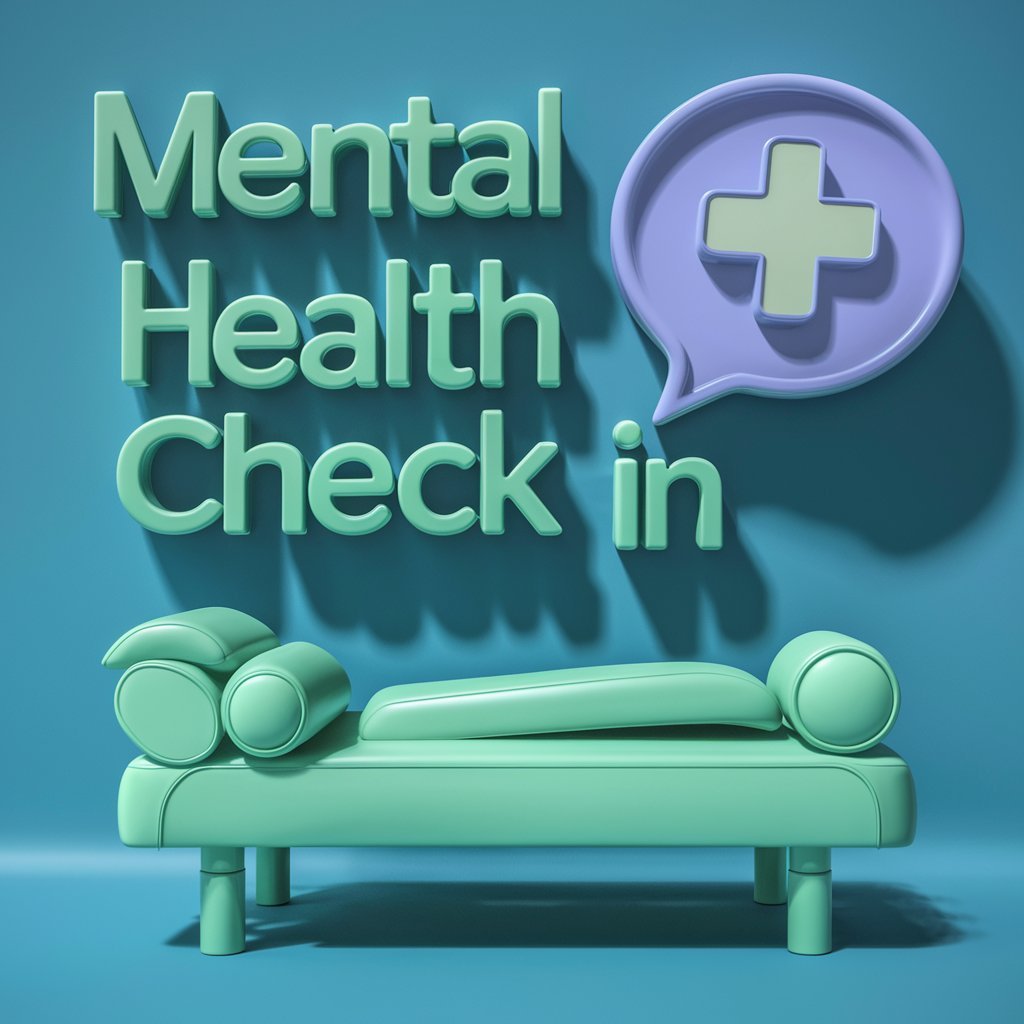Trigger warnings have become a hot topic in recent years, sparking debates about their necessity and effectiveness. But where did trigger warnings come from, and how have they evolved over time?
The Origins of Trigger Warnings
The concept of trigger warnings can be traced back to the early 20th century, when psychologists first began to recognize the potential harm that certain content can have on individuals with trauma-related mental health issues. The idea behind trigger warnings is to give individuals a heads-up about potentially distressing content so that they can make an informed choice about whether or not to engage with it.
The Rise of Trigger Warnings in Academia
In recent years, trigger warnings have gained widespread popularity in academic settings, with many colleges and universities implementing policies that require professors to provide trigger warnings before discussing potentially triggering topics in their classes. This has led to heated debates about academic freedom and the role of trigger warnings in education.
Trigger Warnings in Media and Entertainment
Trigger warnings have also become common in media and entertainment, with many TV shows, movies, and books now including warnings about potentially triggering content. While some argue that trigger warnings are necessary to protect vulnerable individuals, others believe that they stifle free speech and creativity.
The Effectiveness of Trigger Warnings
Research on the effectiveness of trigger warnings is mixed, with some studies suggesting that they can be helpful in reducing distress for individuals with trauma-related mental health issues, while others suggest that they may not be effective or could even be harmful in some cases. More research is needed to determine the true impact of trigger warnings.
Conclusion
In conclusion, the debate surrounding trigger warnings is far from over. While some believe that trigger warnings are essential for protecting individuals with trauma-related mental health issues, others argue that they can be harmful or unnecessary. As we continue to navigate this complex issue, it is important to consider the perspectives of all stakeholders and to base our decisions on empirical evidence.
FAQs
Q: Are trigger warnings a form of censorship?
A: Some argue that trigger warnings can be a form of censorship, as they may limit the scope of discussion and discourage individuals from engaging with challenging or controversial topics. However, others believe that trigger warnings are simply a way to provide individuals with information so that they can make informed choices about what content they consume.
Q: How can individuals determine if they need trigger warnings?
A: It can be difficult for individuals to determine if they need trigger warnings, as triggers can vary widely from person to person. Those who have experienced trauma-related mental health issues in the past may be more sensitive to certain content, but triggers can also be unpredictable. Ultimately, individuals should be empowered to make their own decisions about what content they engage with.





